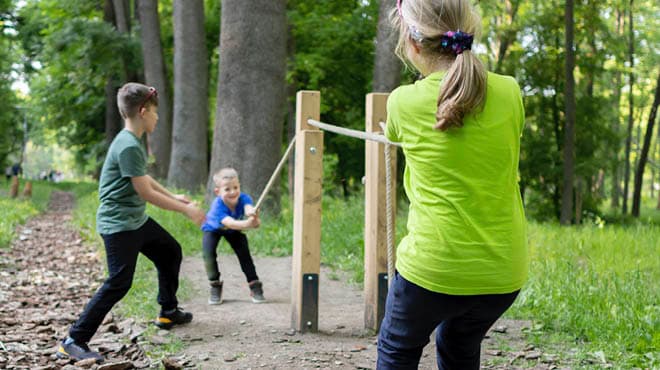Recent Posts
Some answers to your questions about bullying
 “Is my child being bullied?” “Is my child a bully?”
“Is my child being bullied?” “Is my child a bully?”
“What can I do to help? “What can my child do to help?”
“How can I help my child?” “Who can help my child?”
The questions are universal, whether a child is experiencing bullying behavior or is the bullying offender. The topic of bullying has received a lot of attention in the news in recent years. In the wake of school shootings and suicides where bullying is blamed as the cause, parents worry if their child may be next. Many parents come to my office wondering how to help their child.
The answers to these questions are, in most cases, complex. Social, biological and environmental factors need to be considered to find the best solutions. It is important to not over- or under-recognize bullying behavior. To avoid either of these extremes of labeling, we must understand the difference between teasing and bullying.
Teasing and bullying are socially unacceptable behaviors. However, according to Nancy Darling, Ph.D., in her article “Thinking About Kids” (Psychology Today, 2010), teasing is an ambiguous social exchange that can be friendly, neutral or negative, and how this interchange proceeds really depends on how the person being teased reacts.” Teasing never involves intentional physical harm or intimidation. It, generally, is done for the sake of fun. Occasionally, in younger children who are still learning how to regulate their emotions and responded to social interactions, teasing can go too far and result in physical behavior. This is not bullying nor is it a sign that bullying will follow. Although teasing is not socially acceptable, it is a developmental experience for children, providing opportunity for growth and development of social-emotional skills.
Bullying, on the other hand, involves an imbalance of power between the individual engaging in the bullying behavior and the individual experiencing bullying behavior. Bullying behavior is harmful, purposeful and repeated (stopbullying.gov). There are many forms of bullying. Physical bullying can be pushing, hitting or other forms of physical aggression. Verbal bullying consists not solely of name calling, but also unrelenting criticism, threats or rumor spreading that can be sexual in nature or belittlement. Cyber bullying has been in the news lately and typically takes the form of criticism over social media, such as Facebook, Instagram or Snapchat. Social bullying involves exclusion from a social group, such as a teen not getting invited to a social gathering or being uninvited. Bullying can lead to psychological damage that, for some, can last a lifetime. Young children and teens typically cannot stop bullying on their own and need the support of peers and adults to do so.
|
||||||||||
If your child is experiencing teasing, it is important to support them by recognizing their feelings and teaching them how to respond in a way that does not reward the teasing behavior of the other child. For a child or teen experiencing bullying, it is important for parents to be calm and first consult the child about how they would like to handle the bullying. Many children and teens fear that confronting the bullying behavior can make it worse. Children and teens need a support network that includes peers and supportive adults to feel safe in the environment where the bullying occurs.
If your child or teen has been engaging in bullying behavior, it is important to seek understanding about the behavior. Identifying the behavior that is socially unacceptable and setting clear rules and limits about what is expected in family and community settings is essential.
It is important for parents or adults supporting the child or teen who is experiencing or engaging in bullying behavior to model good citizenship. It is all too easy to let emotion take charge in defending our children, whatever the details of an instance of bullying. As our children's guide in life, we do not want to reinforce either victim or bully roles. By avoiding labels such as victim or bully, we can address the facts of the behavior without judgment and teach socially responsible behaviors.
If you are concerned that your child is struggling with teasing or bullying, contacting a professional can provide you and your child with a resource to identify the best solution. More information on bullying can be found at stopbullying.gov.
By Mayo Clinic Health System staff






